What are Bi-polar power supplies?
Friday, December 31, 2021
Most power supplies are “unipolar”, capable of suppling a positive voltage and current only (Figure 1).
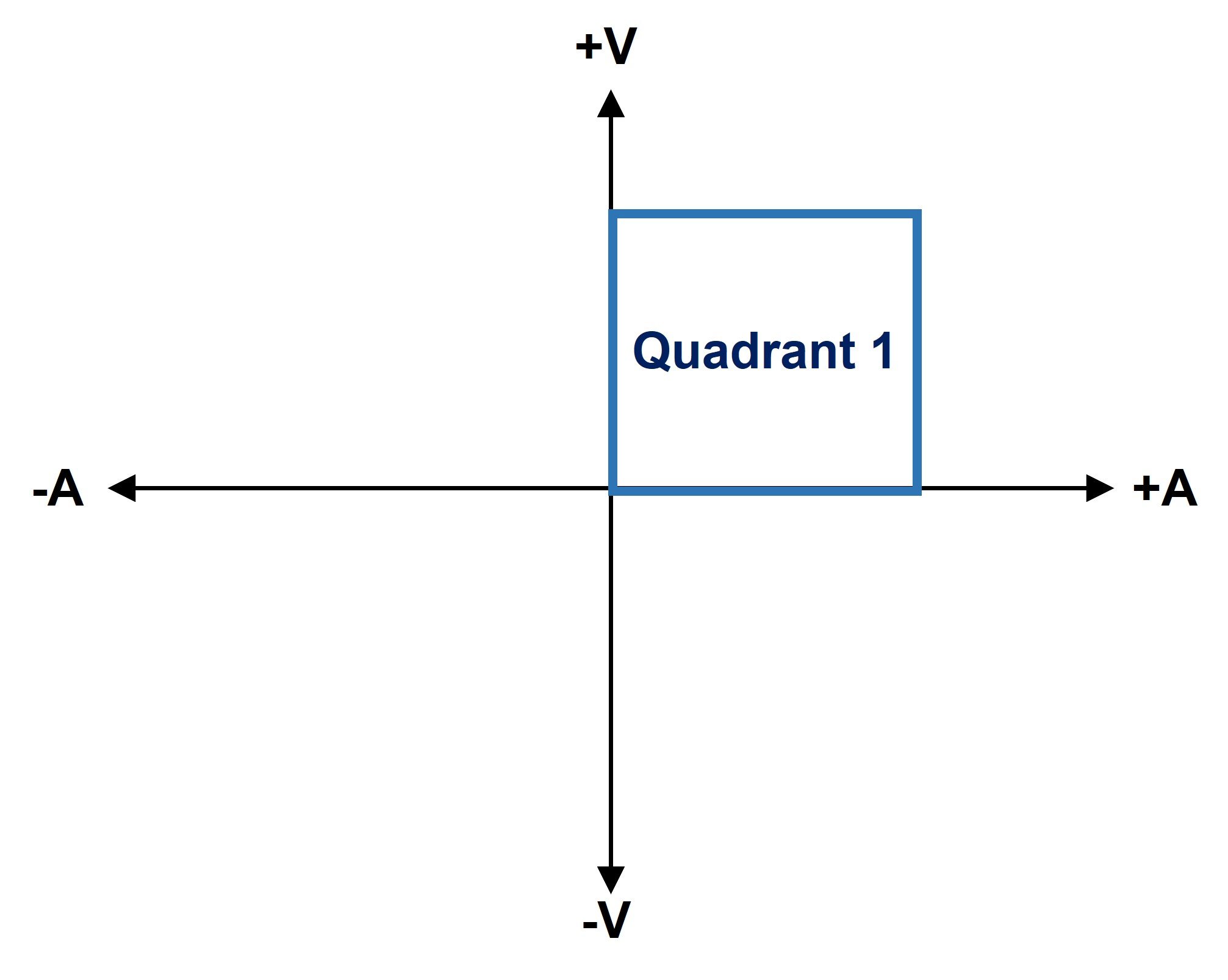
Figure 1: Single quadrant unipolar power supply
In some applications the load may need the power source to provide a positive or a negative output voltage. One application for this would be a DC motor, applying a positive voltage would make it rotate clockwise and a negative voltage counterclockwise.
One could use a bipolar power supply (Figure 2), transitioning seamlessly between providing a positive or negative voltage from a single pair of output terminals.
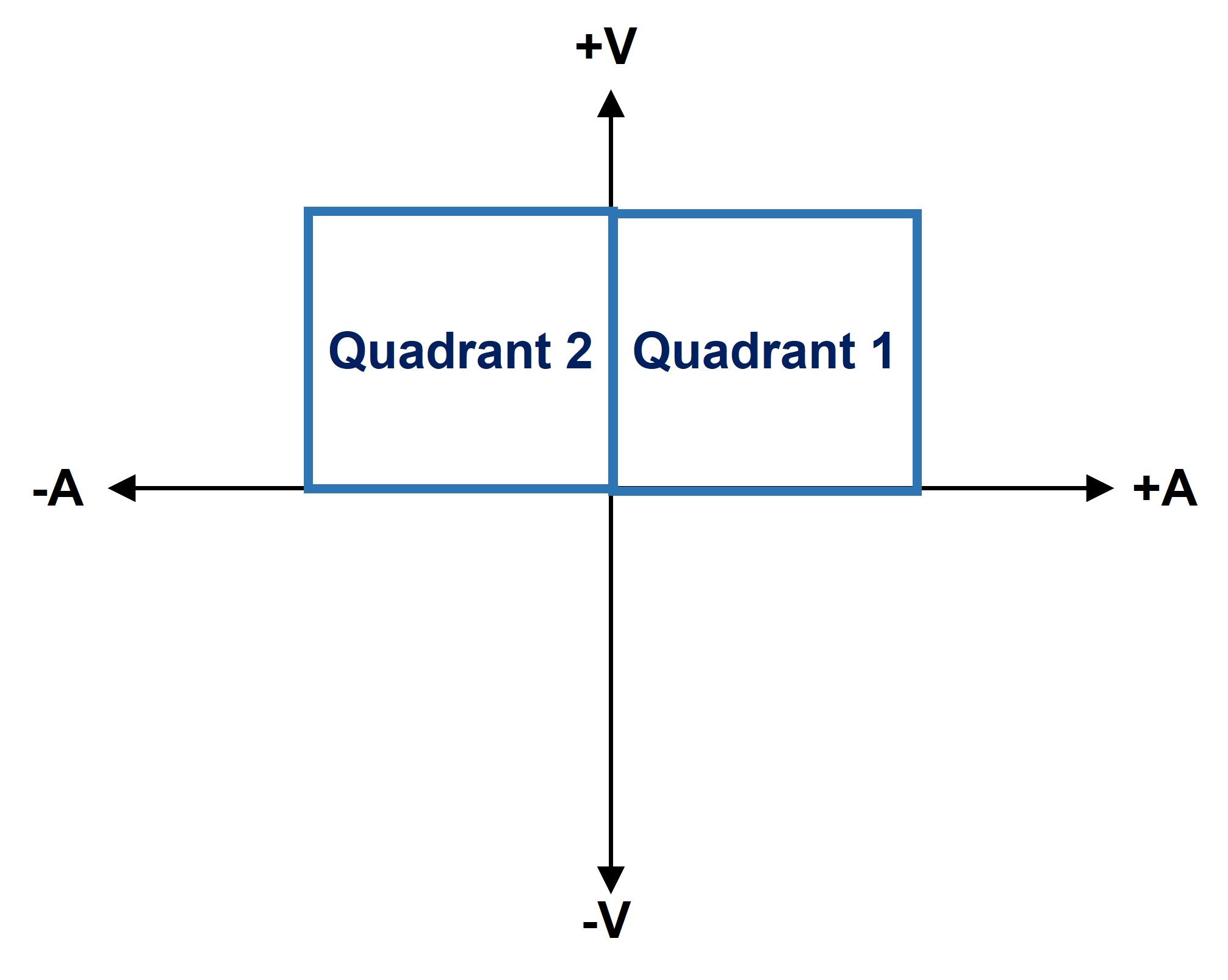
Figure 2: Dual quadrant bipolar power supply
As these types of power supplies are complex and do not have the economy of scale of a unipolar, they are usually more expensive and niche. The term “bipolar” can also refer to four-quadrant power supplies which can source and sink power (Figure 3).
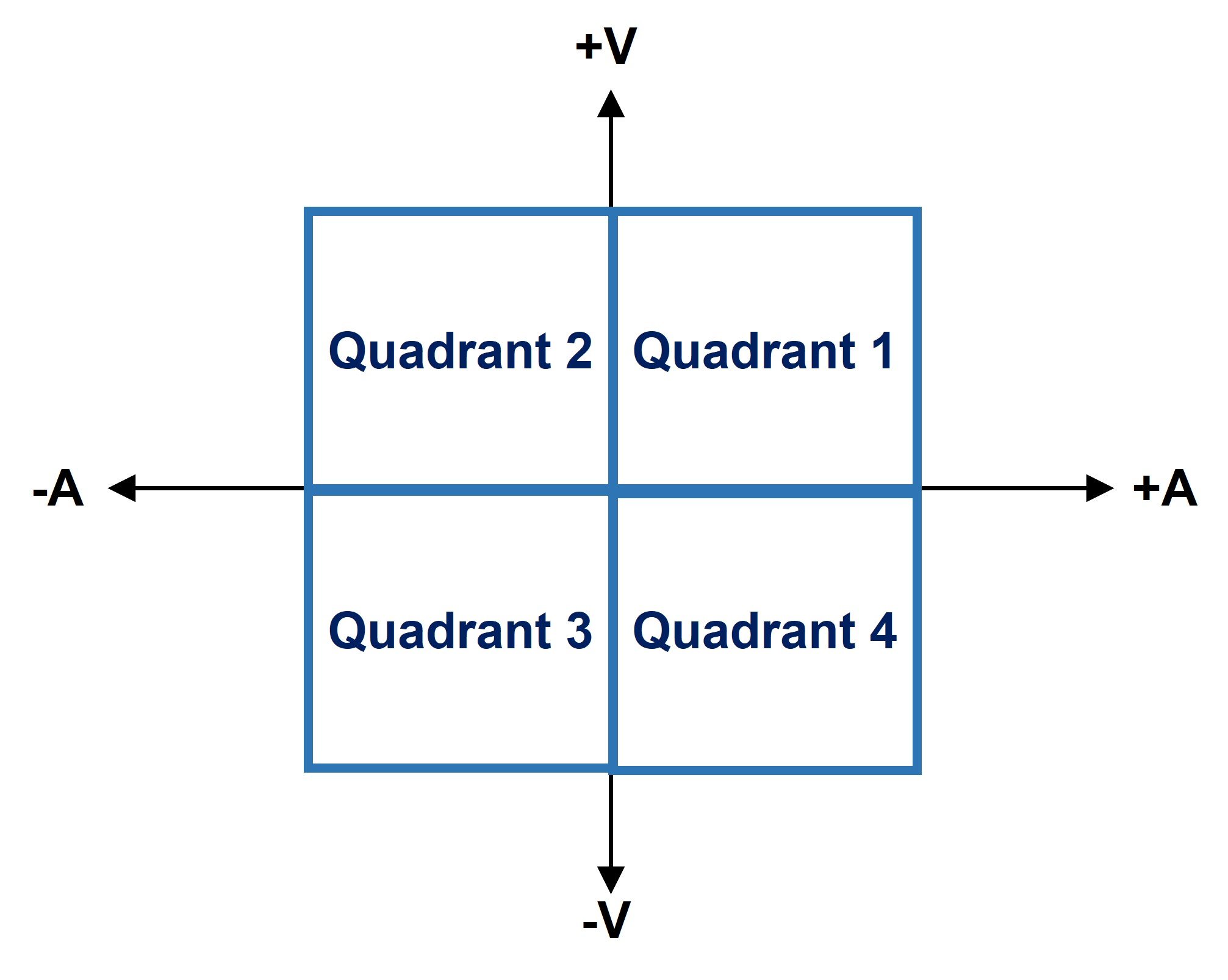
Figure 3: Four-quadrant bipolar power supply
The simplest way is to buy a power supply with a polarity reversal switch. One drawback is that the power supply may have to be turned off during the change which will extend test times.
An alternate way is to use polarity changing relays. TDK-Lambda’s GENESYS+™ Series and Z+ series of programmable power supplies have two programmable terminals. These can be electronically programmed to active relays as shown in Figure 4. With the relays off, a positive voltage will be provided to the load and when the relays are turned on, a negative voltage will be applied. Note that if remote sense is being used (+s and -s), those connections will have to be changed too. The output will have to be disabled during the change-over, again extending test times.
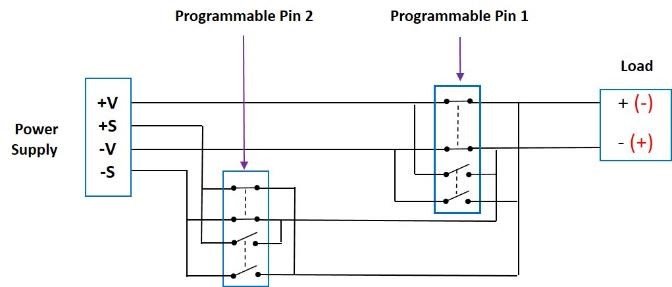
Figure 4: Using relays to change the polarity of the power supply voltage

TDK-Lambda GENESYS+™ power supply
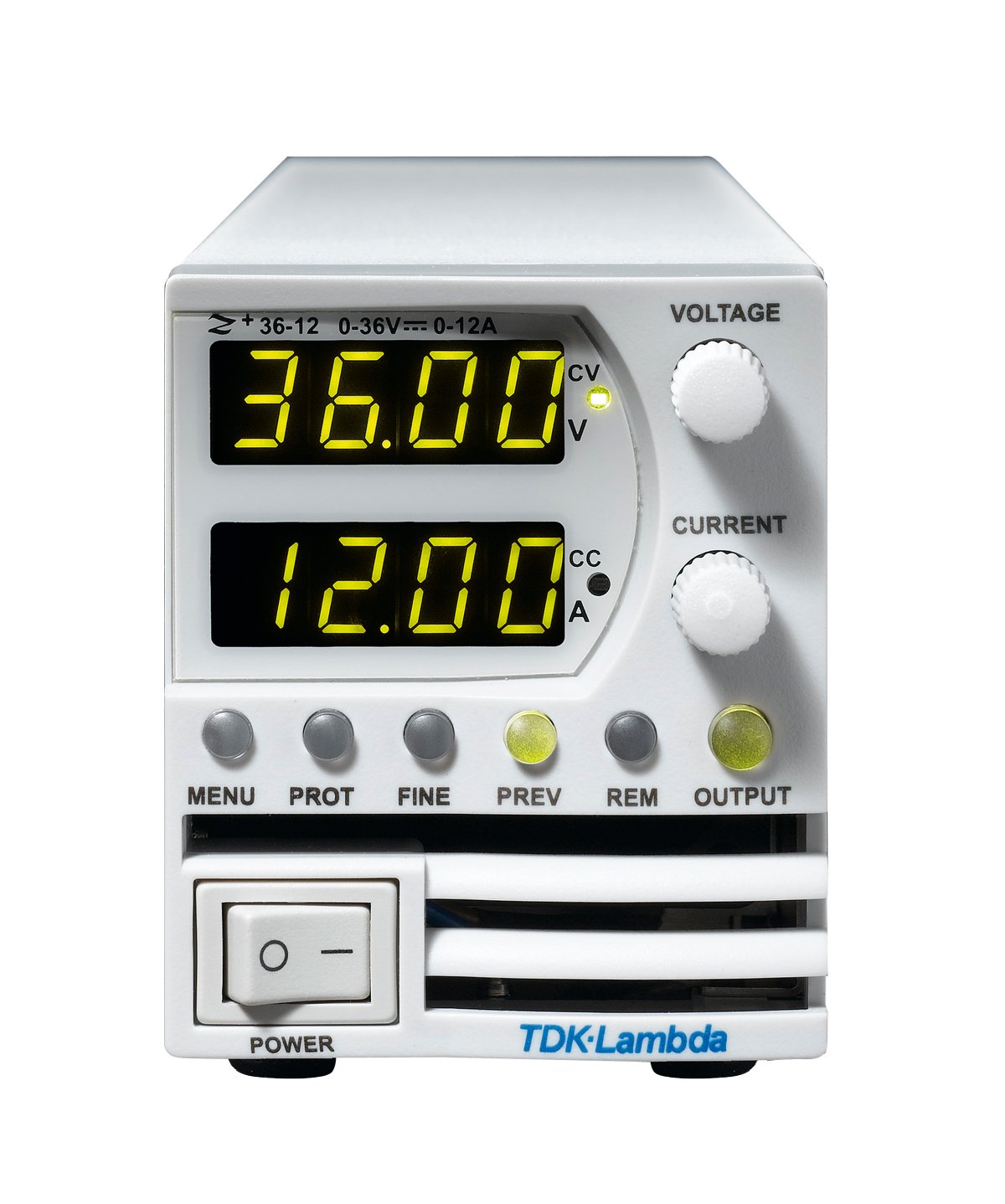
TDK-Lambda Z+ power supply
Power Guy





